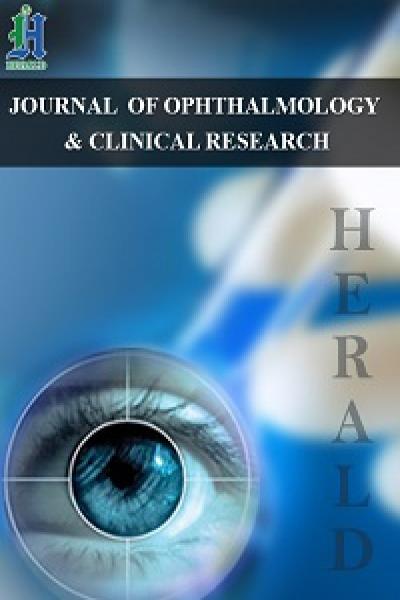
The Impact of Spring Catarrh in Healthcare Facilities with Limited Resources
* Corresponding Author:
Hussain Gadelkarim AhmedProf Medical Research Consultancy Center- MRCC, El-Obeid, Sudan
Email:hussain@profmrcc.org
Received Date: Apr 03, 2024 Accepted Date: May 01, 2024 Published Date: May 07, 2024
Abstract
Background: Pediatric Vernal Keratoconjunctivitis (VKC) is a prevalent allergic condition that, if left untreated, can lead to adverse outcomes. As a result, the purpose of the present study was to investigate the impact of resource-constrained health settings on spring catarrh outcomes.
Methodology: We conducted this prospective descriptive study between January 1, 2024, and March 25, 2024. The research investigation was conducted at the Doctor Khalil Clinic in El-Obeid, North Kordofan, Sudan. This study encompassed individuals who were under the age of 17. Individuals who were older than 17 years of age were excluded from the study.
Results: The majority of patients, accounting for 85.6%, exhibited recurrent VKC, while the remaining 14.4% of patients presented for the first time. We detected discharge in 31.9% of patients, which led to darkening in both eyes for 95% of them. Furthermore, papillae were observed in 31% of both eyes. About 71.9% of patients experienced pseudogerontoxon, which affected both eyes. 16.3% of patients experienced corneal opacity in both eyes, 4.4% in the right eye, and 3.8% in the left eye. Shield ulcer infection was observed in 1.9% of patients bilaterally and in 1.3% of patients bilaterally. The prevalence of keratoconus in individuals is 5%, with the highest occurrence observed in the left eye, followed by the right eye, and in both eyes, accounting for 50%, 38%, and 12%, respectively. Conclusion: Pediatric VKC is prevalent in Sudan, despite the fact that adverse outcomes are relatively uncommon. The country's limited resources contributed to the recurrence of the disease. Males are more likely to experience VKC, which typically manifests before the age of 5 years.
Keywords
Corneal opacity; Keratoconus; Shield ulcer; Spring catarrh; Vernal keratoconjunctivitis

